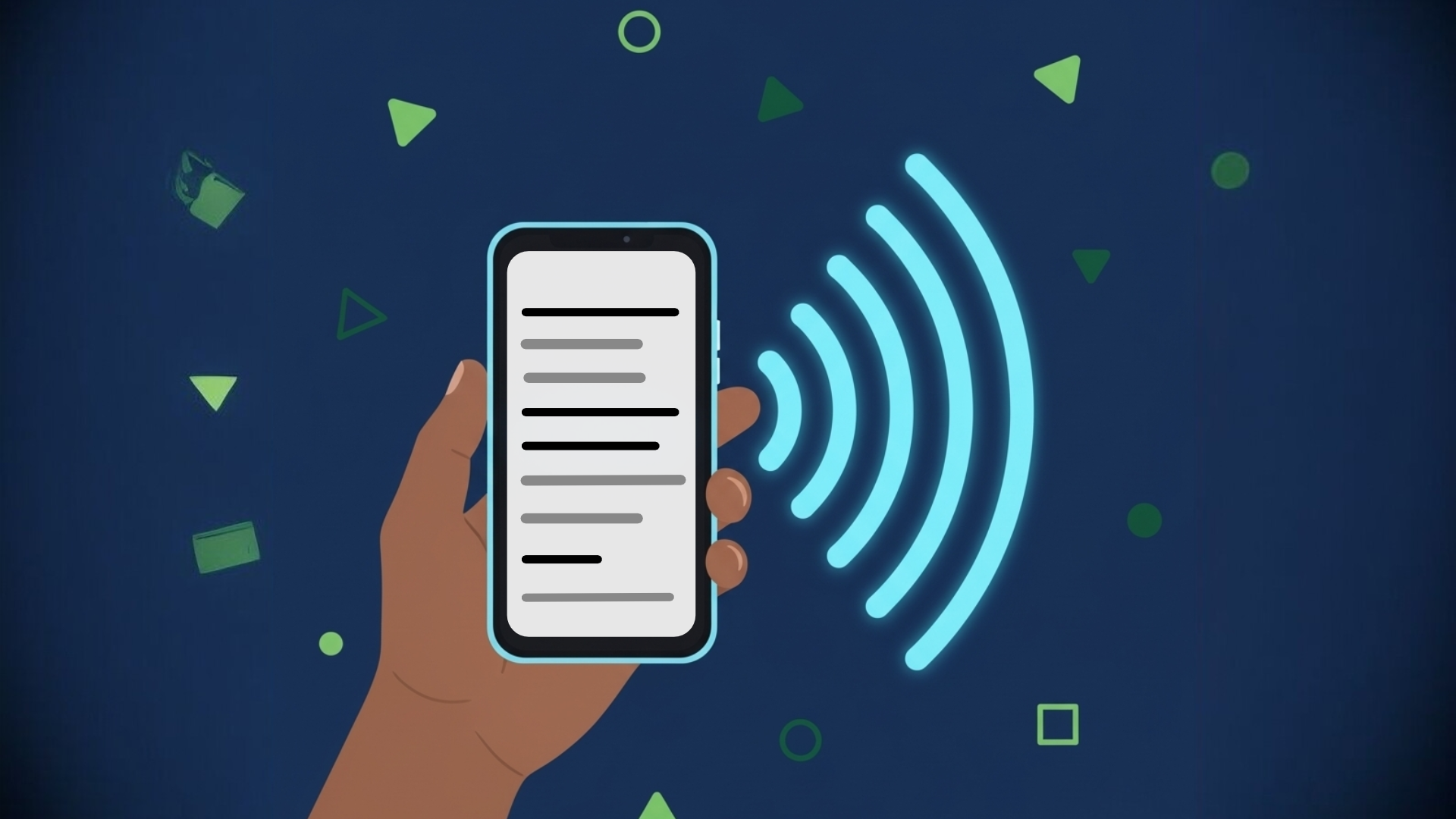
Text To Speech
Created on 15 October, 2025 • Text Tools • 13 views • 2 minutes read
In the modern digital era, Text to Speech (TTS) technology has revolutionized how we consume written content.
Text to Speech (TTS): Transforming Written Words into Natural Voice
In the modern digital era, Text to Speech (TTS) technology has revolutionized how we consume written content. From accessibility tools for visually impaired users to automated voice assistants, TTS has become an essential part of communication and content delivery. It allows computers, apps, and devices to convert written text into human-like speech with remarkable accuracy and fluency.
What Is Text to Speech?
Text to Speech, often abbreviated as TTS, is a form of speech synthesis that reads digital text aloud. The technology uses artificial intelligence (AI), natural language processing (NLP), and machine learning to analyze text and generate realistic speech output. With TTS, any written content—such as articles, emails, or books—can be instantly transformed into audio.
How Does Text to Speech Work?
TTS systems process text in several stages to ensure the voice output sounds natural and clear. Here’s how it works:
- 1. Text Analysis: The system analyzes sentence structure, punctuation, and context.
- 2. Linguistic Processing: It identifies pronunciation, stress patterns, and pauses to mimic human speech.
- 3. Speech Synthesis: The processed data is converted into audible sound using AI-driven voice engines.
Modern TTS engines also use deep learning and voice modeling, allowing users to choose between different voices, accents, and tones for a more personalized experience.
Benefits of Using Text to Speech Technology
1. Improves Accessibility
TTS is one of the most valuable tools for people with visual impairments or reading disabilities. It enables them to access digital content easily, promoting inclusion and equality in education and communication.
2. Saves Time and Increases Productivity
Professionals and students can use TTS to listen to documents, articles, or notes while multitasking. It helps save time, improves retention, and makes information consumption more flexible.
3. Enhances Learning and Language Skills
Listening to spoken content can improve pronunciation, vocabulary, and comprehension. Language learners often use TTS tools to hear correct pronunciations and natural intonations.
4. Supports Content Creators and Businesses
TTS is widely used in video narration, podcasts, audiobooks, and customer service bots. It allows content creators to reach a wider audience without the need for expensive voice recording sessions.
Applications of Text to Speech
Text to Speech technology is used in various industries and platforms, including:
- Education: Helping students read and learn through audio content.
- Marketing: Creating engaging voiceovers for ads and explainer videos.
- Customer Support: Powering voice assistants and chatbots.
- Accessibility Tools: Enabling people with disabilities to access online information.
The technology continues to evolve, offering lifelike voices that are nearly indistinguishable from real human speech.
Conclusion
Text to Speech (TTS) is more than just a convenience—it’s a transformative tool that bridges the gap between written and spoken communication. It empowers users to consume information more efficiently, supports accessibility, and enhances engagement across multiple platforms. As AI continues to advance, the future of TTS will bring even more natural, expressive, and personalized voice experiences for everyone.
Experience the power of voice with Text to Speech technology—bringing your words to life in the most natural and engaging way possible.
Popular posts
-
Reverse Ip LookupChecker Tools • 37 views
-
BMP To WEBPImage Manipulation Tools • 30 views
-
IP LookupChecker Tools • 28 views
-
BMP To ICOImage Manipulation Tools • 26 views
-
SSL LookupChecker Tools • 25 views